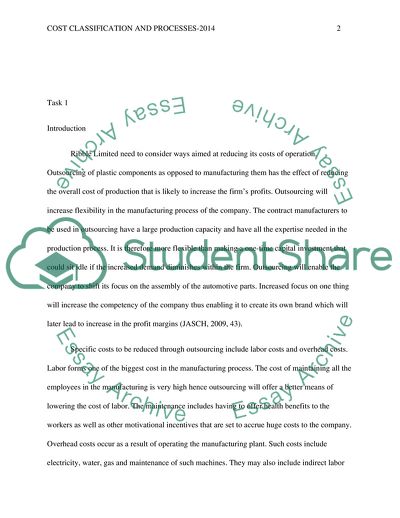Cite this document
(Cost Classification and Processes Essay Example | Topics and Well Written Essays - 1500 words, n.d.)
Cost Classification and Processes Essay Example | Topics and Well Written Essays - 1500 words. https://studentshare.org/finance-accounting/1851939-cost-classification-and-processes
Cost Classification and Processes Essay Example | Topics and Well Written Essays - 1500 words. https://studentshare.org/finance-accounting/1851939-cost-classification-and-processes
(Cost Classification and Processes Essay Example | Topics and Well Written Essays - 1500 Words)
Cost Classification and Processes Essay Example | Topics and Well Written Essays - 1500 Words. https://studentshare.org/finance-accounting/1851939-cost-classification-and-processes.
Cost Classification and Processes Essay Example | Topics and Well Written Essays - 1500 Words. https://studentshare.org/finance-accounting/1851939-cost-classification-and-processes.
“Cost Classification and Processes Essay Example | Topics and Well Written Essays - 1500 Words”. https://studentshare.org/finance-accounting/1851939-cost-classification-and-processes.


